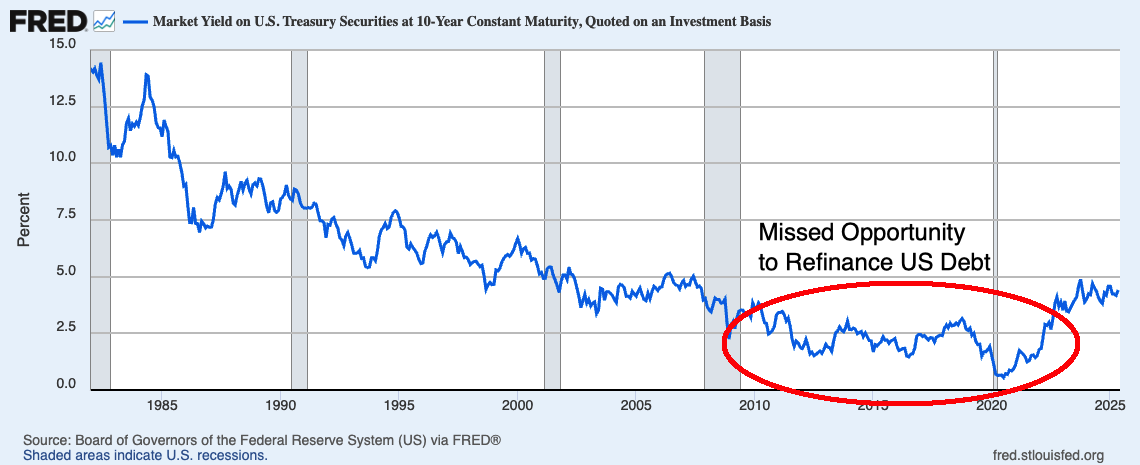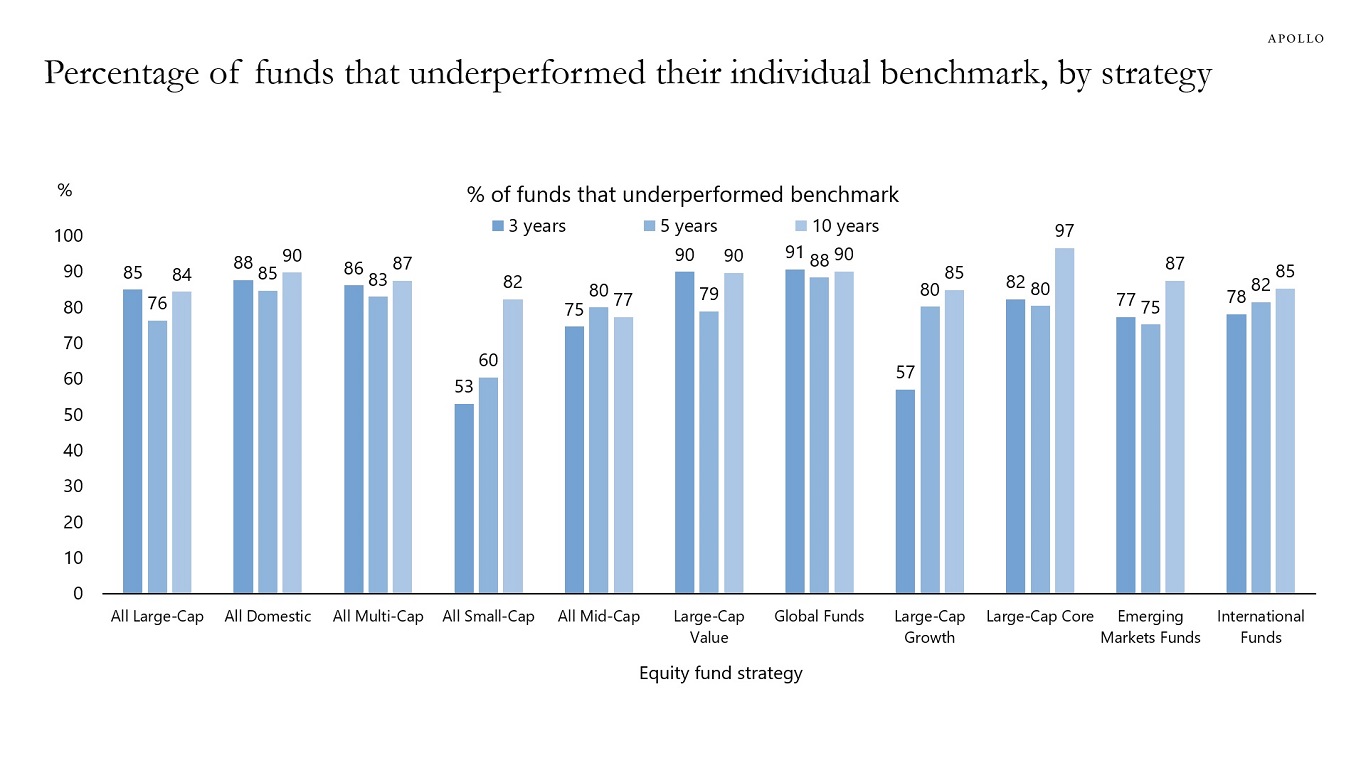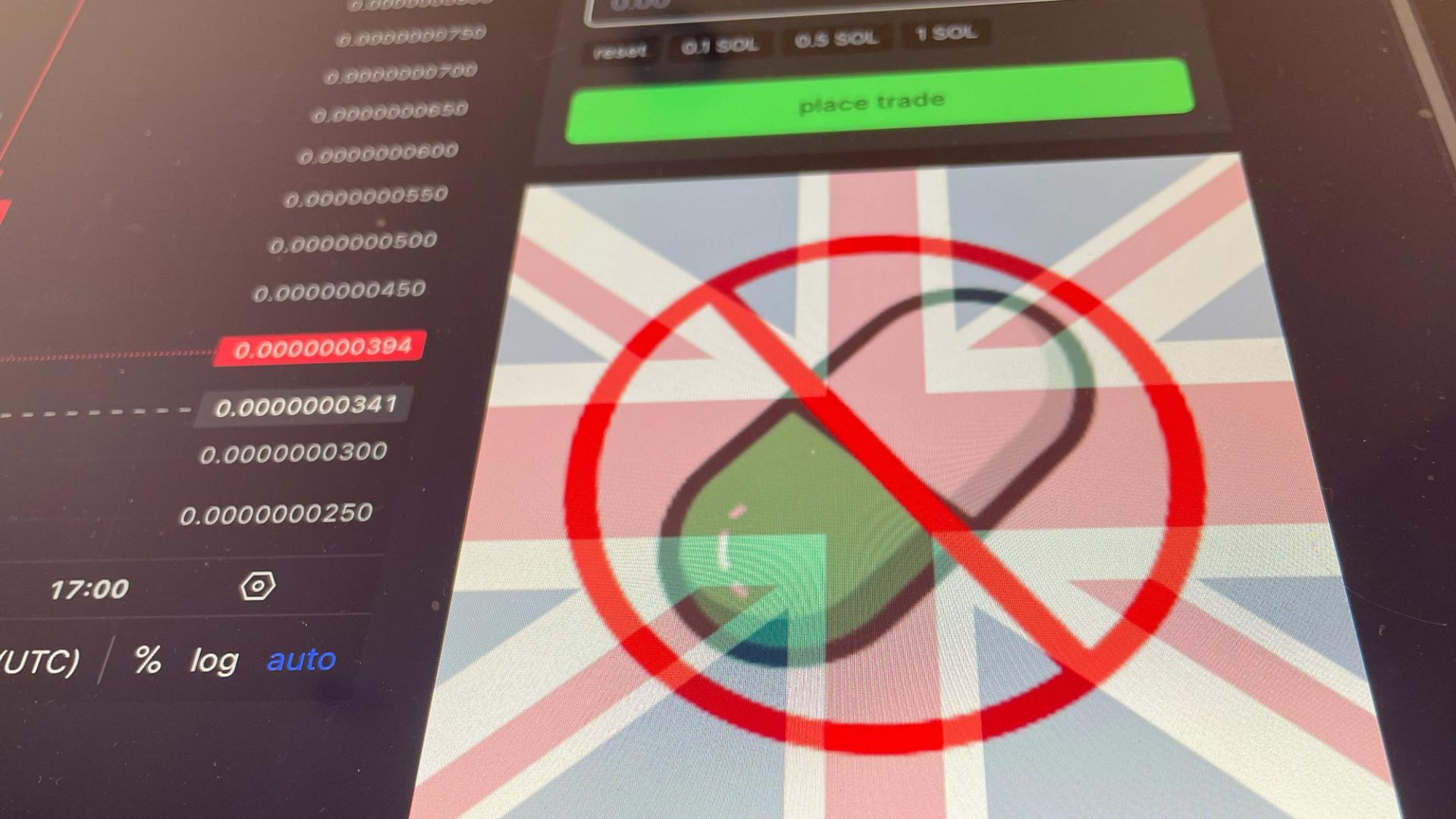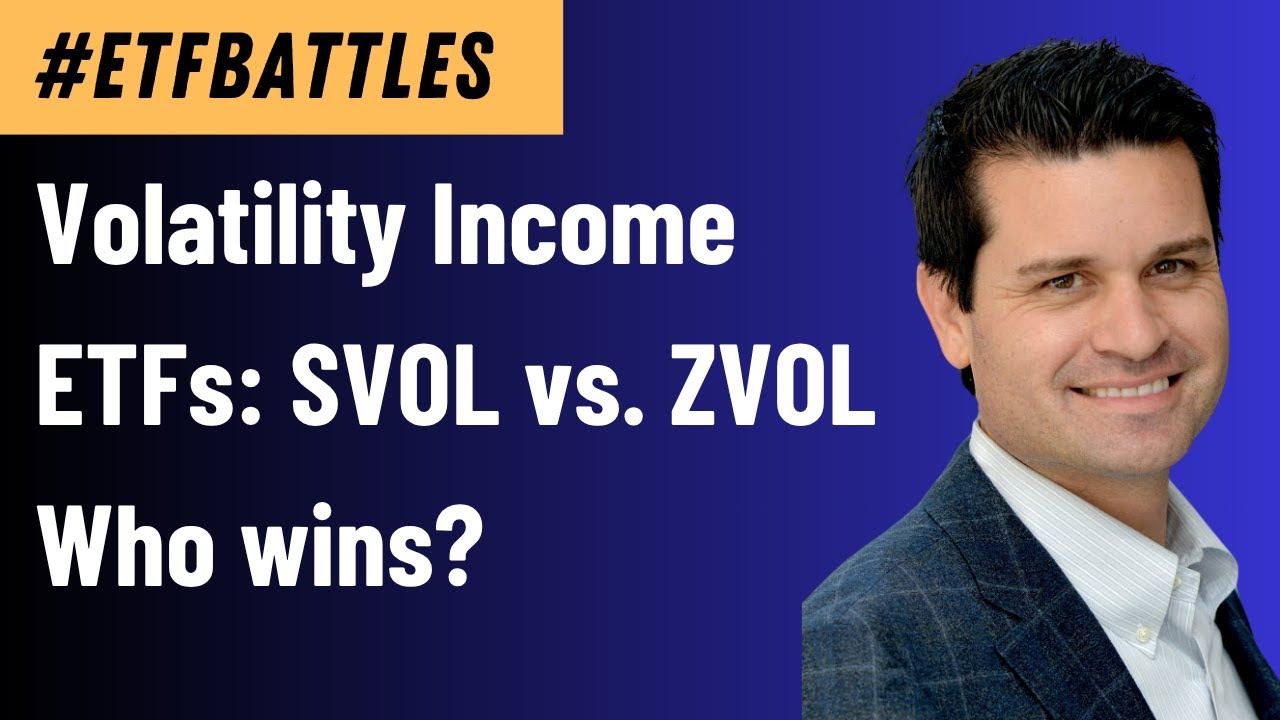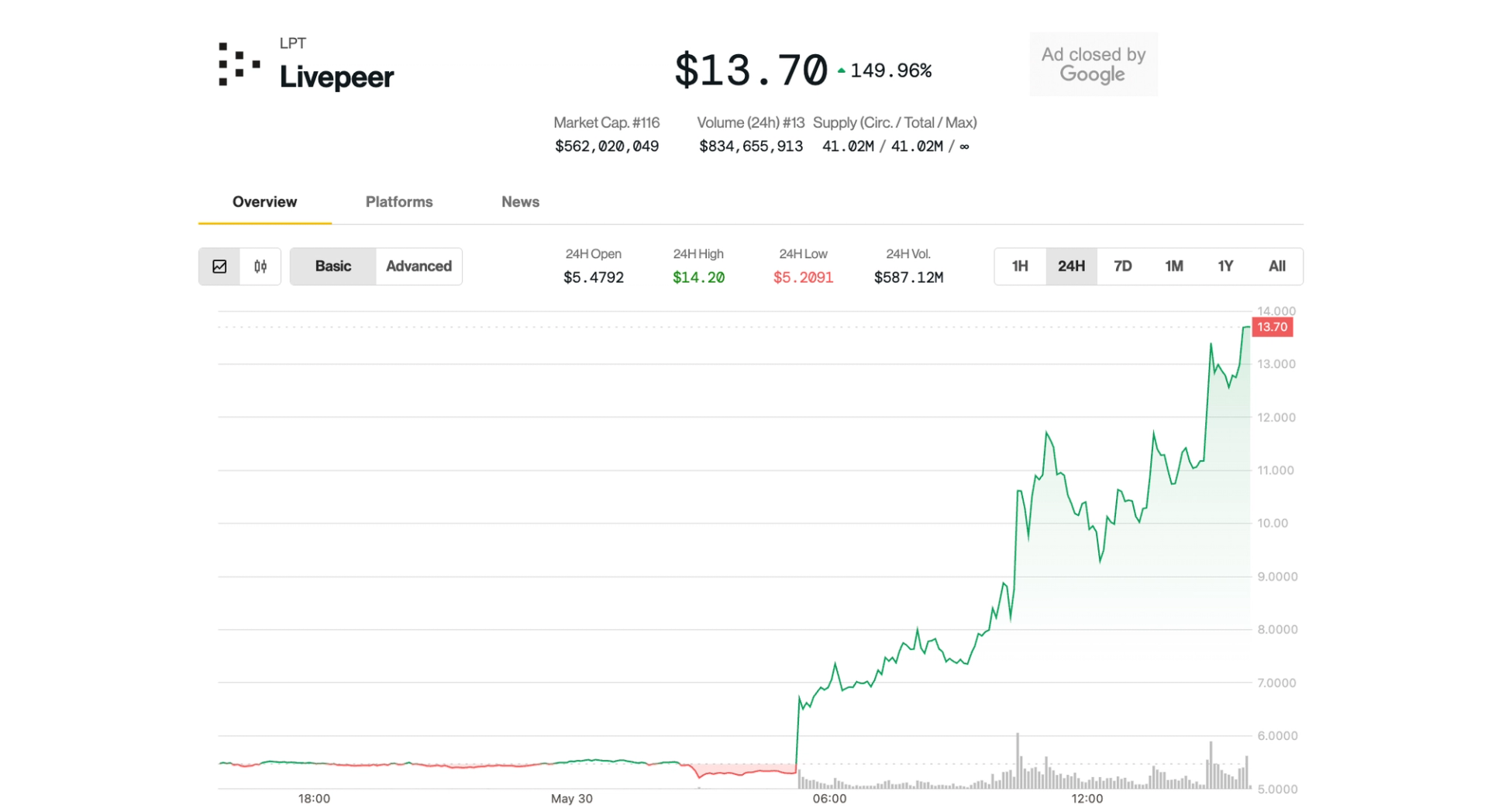Post Pectra 'Malicious' Ethereum Contracts Are Trying to Drain Wallets, But to No Avail: Wintermute
The recent EIP-7702 upgrade allows Ethereum addresses to function as smart contracts, increasing convenience but also risk.

Malicious Ethereum contracts designed to drain wallets with weak security aren't profiting from the operation, crypto market maker Wintermute said Friday, identifying these contracts as "CrimeEnjoyors."
The whole issue is tied to the Ethereum Improvement Proposal (EIP)-7702, part of the Pectra upgrade that went live early last month. It allows regular Ethereum addresses, secured by private keys, to temporarily operate as smart contracts, facilitating batched transactions, password authentication and spending limits.
The regular Ethereum addresses delegate control of their wallets to smart contracts, granting them permission to manage or move their funds. While it has simplified the user experience, it has also created a risk of malicious contracts draining funds.
As of Friday, more than 80% of delegations made through EIP-7702 involved reused, copy-and-paste contracts designed to automatically scan and identify weak wallets for potential theft.
"Our Research team found that over 97% of all EIP-7702 delegations were authorized to multiple contracts using the same exact code. These are sweepers, used to automatically drain incoming ETH from compromised addresses," Wintermute said on X.
"The CrimeEnjoyor contract is short, simple, and widely reused. This copy-pasted bytecode now represents the majority of all EIP-7702 delegations. It’s funny, dark, and fascinating all at once," the market maker added.
Notable cases include a wallet that lost nearly $150,000 through malicious batched transactions in a fishing attack, as anti-scam tracker Scam Sniffer noted.
Still, the large-scale money drain has not been profitable for the attackers. The CrimeEnjoyors spent approximately 2.88 ETH to authorize around 79,000 addresses. One particular address –0x89383882fc2d0cd4d7952a3267a3b6dae967e704 – handled more than half of these authorizations, with 52,000 permissions granted to it.
Per Wintermute's researcher, the stolen ether can be traced by analyzing the code of these contracts. For the above example, the ETH is destined to flow the address –0x6f6Bd3907428ae93BC58Aca9Ec25AE3a80110428.
However, as of Friday, it had no inbound ETH transfers. The researcher added that this pattern appears consistent across other CrimeEnjoyors as well.






















































































